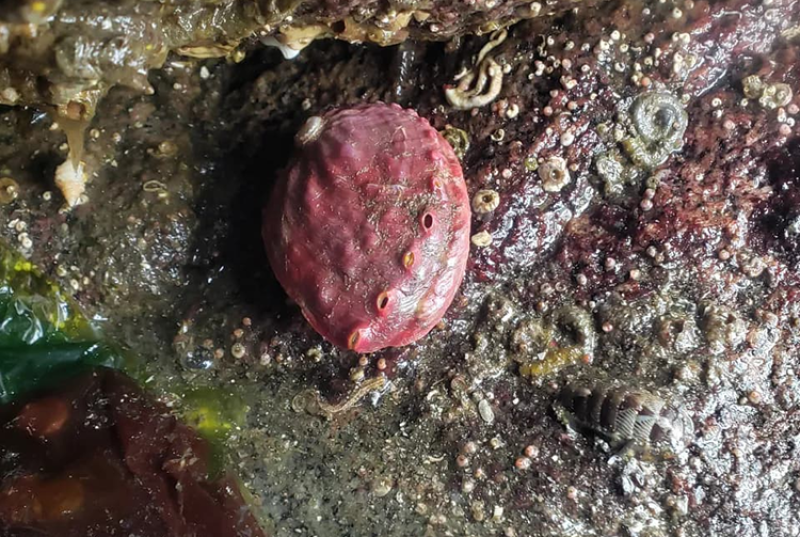A new climate vulnerability study paints a sobering picture for California’s fishing industry, highlighting serious threats to the state’s most iconic and economically critical species, including Dungeness crab, red abalone, and Pacific herring.
The study, first reported by NBC Bay Area’s Joe Rosato Jr., resulted from a collaboration between federal and state scientists and researchers from UC Santa Cruz and UC Davis. It evaluated 34 aquatic species for their sensitivity to projected climate change impacts, including warming seas, ocean acidification, and shifting upwelling patterns that drive productivity along the coast.
“The most striking thing that we found is among the species that were ranked as the most highly vulnerable happened to also be some of California’s economically valuable and culturally important species,” said Mikeala Provost, assistant professor of fisheries ecology at UC Davis and a co-author of the study.
Among those species, Dungeness crab, a cornerstone of the state’s seafood economy, contributing over $80 million annually, stood out for its heightened vulnerability. Researchers cited ocean acidification as a key threat. “They have this exoskeleton that makes them more vulnerable to ocean acidification, which is predicted to happen with climate change,” Provost told NBC Bay Area.
The study also reaffirmed concerns about Pacific herring and red abalone, both of which have suffered steep declines in recent years. Herring stocks in San Francisco Bay dropped sharply around 2015, and populations have not recovered. Abalone fisheries, meanwhile, have been closed since 2018 due to widespread kelp forest loss, a cascading effect tied to disease outbreaks in sea stars and the explosion of kelp-grazing purple urchins.
“So the overarching theme is that there will be big changes in California fisheries in the next 20 to 50 to 60 years,” Provost said.
The findings are particularly poignant for those working the water. “Seven or eight years ago, I guess, we used to make a good living fishing,” veteran crab fisherman John Mellor told NBC Bay Area. “Now we’re just barely trying to survive.”
Mellor, who once traveled to Washington, D.C. to urge lawmakers to prioritize funding for ocean acidification research, sees the new study as a crucial step forward. “If it helps us adapt to changing circumstances and it helps us keep making a living, then it’s a good thing,” he said.
Provost emphasized that the study aims to guide both state and federal fishery managers in identifying which species may need the most attention and resources. According to the research, while five species are expected to see significant impacts within 20 years, that number could jump to over half of the 34 studied within 60 years.
However, the study did not provide all-gloomy news; some species, like Pacific bonito and hagfish, showed low sensitivity to climate-related changes. There’s even a potential rebound for red abalone if kelp beds can be restored.
With back-to-back salmon closures and Dungeness delays already taking their toll, the message from scientists and fishermen is clear: California’s fisheries are on the frontline of climate change, and adaptation will be key to survival.







